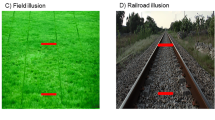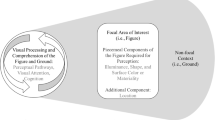Abstract
The longstanding challenge of the pinhole camera for medieval theorists was explaining why luminous bodies cast onto a screen different images at different distances from the screen.
I argue that this problem was first solved not by Francesco Maurolico, as David Lindberg concludes in his influential series of articles on the camera, but by Leonardo da Vinci. In studies in the Codex Atlanticus dating c. 1508–14, Leonardo explains the changes in screen patterns with distance by applying a key perspective principle to two kinds of projection pyramids that figure into pinhole camera imaging.
In contrast, Maurolico's later conclusions about the pinhole camera are only partly correct. Maurolico gives a mistaken account of why pinhole images change with distance. He also introduces the erroneous notion that similar superimposed parts of the camera image actually fuse as the screen withdraws.
Similar content being viewed by others
Author information
Authors and Affiliations
Additional information
Communicated by Enrico Giusti
Rights and permissions
About this article
Cite this article
Thro, E.B. Leonardo da Vinci's solution to the problem of the pinhole camera. Arch. Hist. Exact Sci. 48, 343–371 (1994). https://doi.org/10.1007/BF00375086
Received:
Issue Date:
DOI: https://doi.org/10.1007/BF00375086




